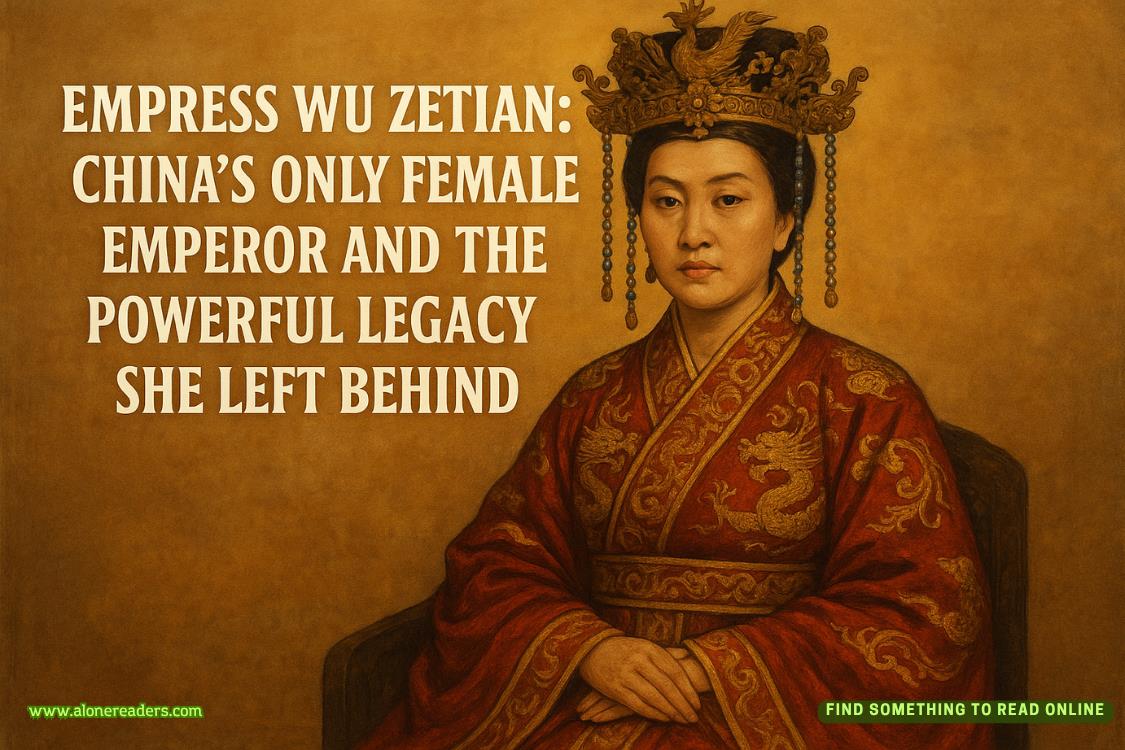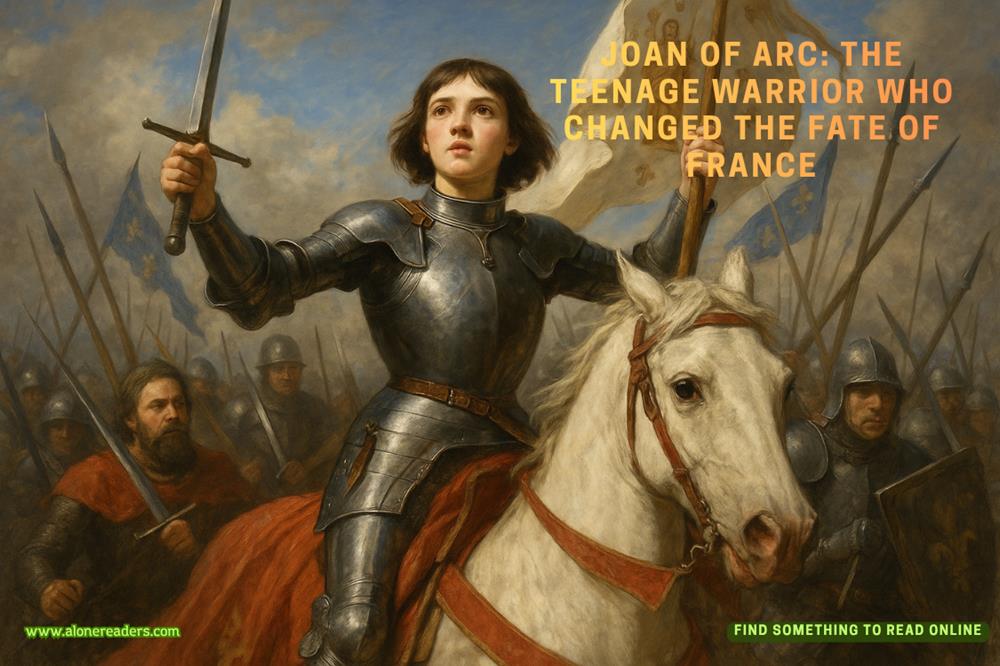Page 60 of V is for Vengeance (Kinsey Millhone 22)
Marvin said, “Hey, Kinsey. This is Marvin.” In the background I could hear the clatter of dishes, the clinking of glasses, and more laughter than was probably warranted by the conversation under way. He had to be calling from the Cheers-type bar where he’d met Audrey. There was a sudden surge of guffaws. I had to squint and press a hand against one ear to pick up his end of the call.
“I’ve been thinking about what you said and I understand where you’re coming from. You don’t want this Alvarez woman messing with your investigation, which is understandable. We’re talking about professional integrity and I admire that. Your point about shoplifting versus a bank heist, well, I get that too. This is the first I’ve ever been exposed to any kind of crime and it’s hard to put it all in context. Whyn’t you call me and we’ll talk. I still want you to drive up to Audrey’s place in San Luis Obispo. Get back to me when you can.”
Well, that sucked. How was I supposed to hang on to righteous anger when he’d totally surrendered? It would be politic to head over to the bar and have a heart-to-heart with the man . . . and more important, with Audrey’s friends. Problem was, no one had mentioned the name of the place. All I knew was that it was somewhere in Marvin’s neighborhood. I pulled out the telephone book and looked him up, and for once scored a hit. Often the phone book is a waste of time, but not in this case. I made a note of his address, which was on the far side of town, just at the big bend on State Street before it becomes Holloway. I debated a change of clothes but decided against it. I looked fine as I was. Jeans, boots, and a turtleneck. I was looking for a neighborhood bar, not a pickup joint. I shrugged into a denim jacket, slung my bag over one shoulder, and went out to my car.
Marvin lived in an area of middle-class homes, small houses on small lots with architecture typical of the ’40s and ’50s. I slowed, absorbing the flavor of the neighborhood. Exteriors were stucco or frame, roofs made of aged red tile or an asphalt material fashioned to resemble shake. I could see the care with which property owners maintained their parcels. Most kept their lawns mowed, the hedges clipped, and their wooden shutters painted. While the homes weren’t large or lavish, I could see the appeal to someone like Audrey, whose other stops in life had included at least one state prison and a few local jails. Moving in with him, she must have thought she’d died and gone to heaven.
I circled back to State Street and turned right, rolling past a short stretch of businesses, most of which were closed. Streetlights shone bleakly on a barbershop, a darkened hardware store, a Thai restaurant, and a hair salon. I remembered a small bar along here somewhere because I’d seen it in passing.
I went around the block and spotted it on my return. I’d missed it the first time because the signage was poor. The name of the bar, Down the Hatch, was painted on the front of the narrow yellow building, which was modestly illuminated. The point was apparently not to attract new patrons, but to cosset the loyal, long-term clientele. The door stood open, revealing a comforting darkness within, relieved by a blue-neon beer sign on the back wall. I parked on the nearest side street and approached on foot. I picked up the smell of cigarette smoke from a hundred yards away. A haze of tar-and-nicotine residue hovered in the doorway like a curtain one had to pass through to gain entry. This meant a trip to the cleaners where I’d picked up my denim jacket the day before. I deserved far more money than I was being paid.
Once inside, I was assailed by odors of beer, bourbon, and sour dish towels. Two tall clear-glass cylinders with glass lids had been set side by side at the near end of the bar, one holding a murky liquid, brandy perhaps, in which peaches or apricots had been submerged. The other was half filled with pineapple rings and maraschino cherries. The heady scent of fermentation lent an aura of Christmas to the atmosphere. As in many bars, there were assorted television sets mounted across the room, no two tuned to the same channel. One choice was an old black-and-white gangster movie with lots of guys in fedoras toting tommy guns. Option two was a boxing match, and three was a night baseball game probably being played in the Midwest. Rounding out the selection was a home-improvement show in case you were unsure how to use a miter box.
Marvin stood at the bar, where guys were layered two deep, crowded against the knees of drinkers who’d staked out the black leather bar stools. Marvin wore charcoal dress pants and a sport coat over an open-collared polo shirt. He had a martini glass in one hand and in his other a lighted cigarette. His gaze flicked to me, veered off, and returned. He smiled and raised his glass.
“Hey, guys, look who’s here. This is that private detective I was telling you about.”











